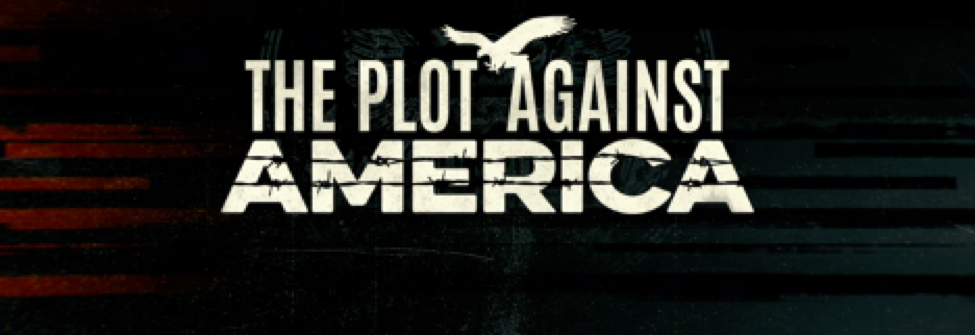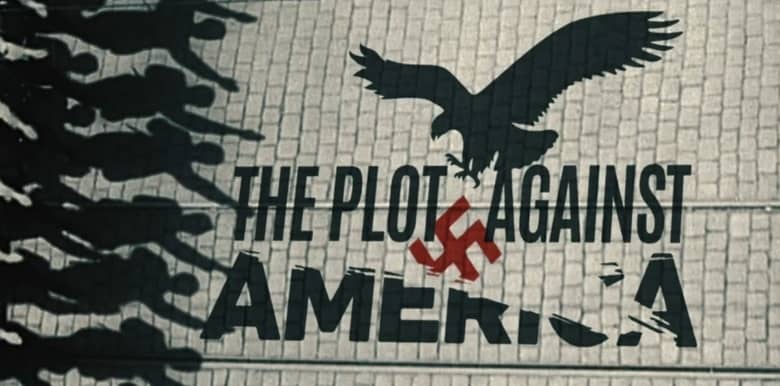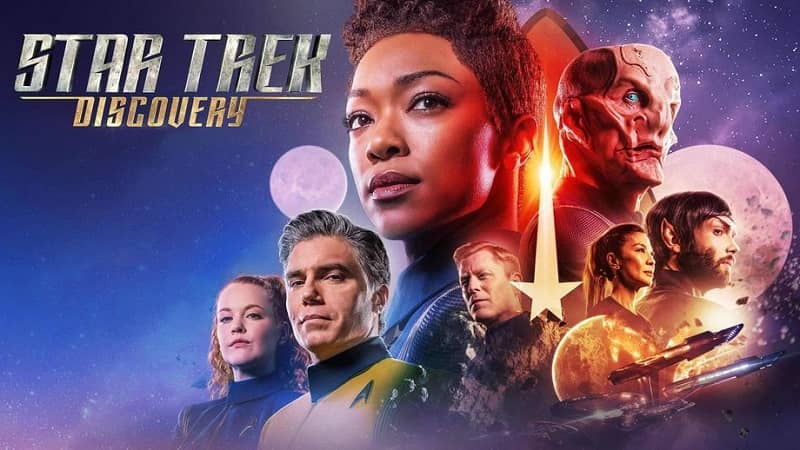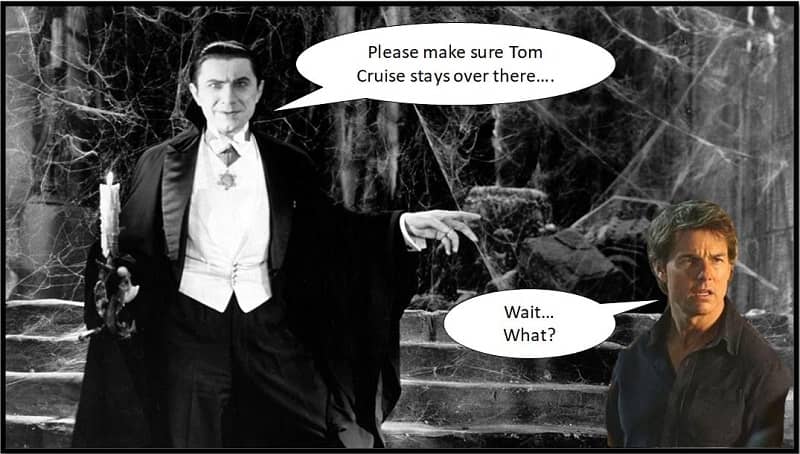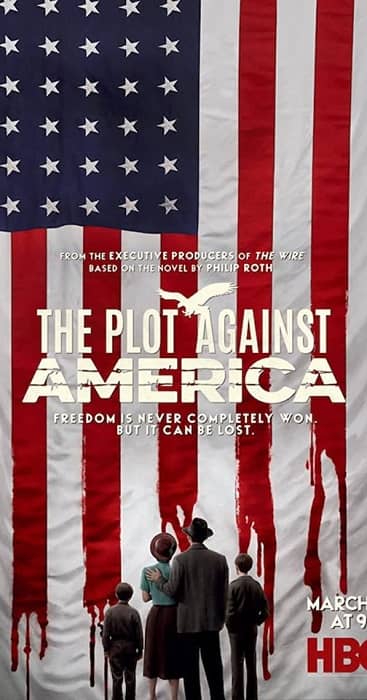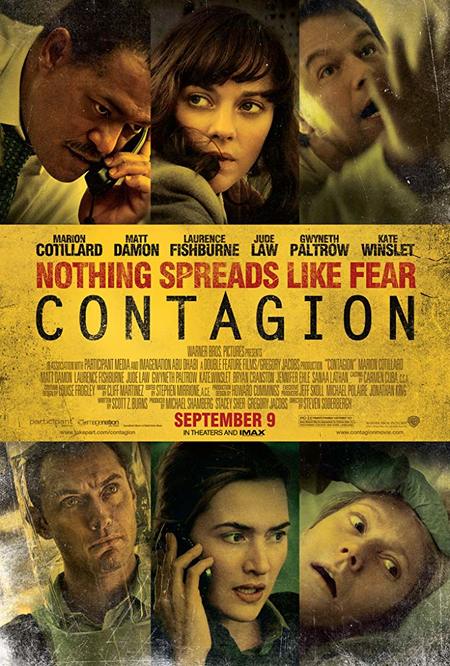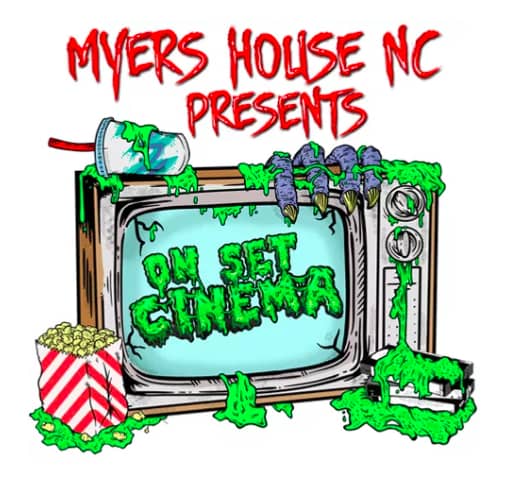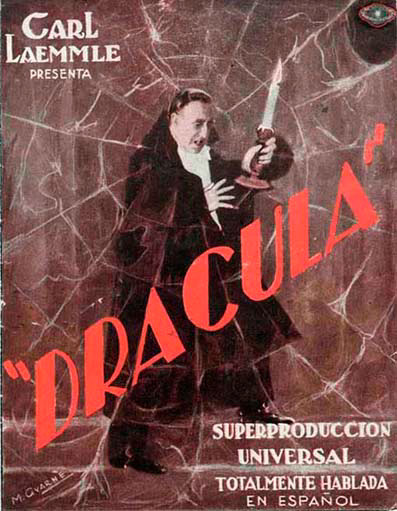
Hello. Since this is my first blog post for Black Gate, I feel that an introduction is in order. My name is John Miller and I am a writer. My name is a both a blessing and a curse. A blessing because it is short and simple and easy to remember, a curse because it’s common and as easy to forget as it is to remember. I have written under the name of J. J. Miller (only when I was young, and somewhat under the influence of E. E. Smith), as John J. Miller, and, finally, as John Jos. Miller, when I had to differentiate myself from the other John J. Millers of the world. (Also, as simply John Miller, but only for my technical archeological reports and papers. You can try to track down “Resource Allocation Strategies on the Navajo Reservation in the Early Twentieth Century,” but good luck in finding it.) I’ve been told that I probably should use a pseudonym (I did write one novel under a pseudonym, but that was not my choice.), but I am stubborn and bad at self promotion and John Miller is my name (along with tens of thousands of other Americans) and I’m sticking with it.
I read a lot of stuff and watch a lot of stuff and like to share my opinion of what I like and don’t like. Who doesn’t? I have my prejudices, which I will admit up front. I don’t like torture porn or most slasher movies. I don’t like most modern Rom Coms. I don’t like movies where the whole point is that the characters are stupid. Dumb and Dumber? I don’t think so. (Once I actually paid money to see an Adam Sandler movie and I’ve regretted that ever since.) I really don’t like movies where they shoot the dog. (The exception that proves this point is John Wick. I’ve seen it three or four times, but not the scene where they kill the dog. Sometime I’ll have to tell you about the discussion I had with George R.R. Martin as to why Old Yeller is a terrible children’s movie.)
Rating movies under a five star system is insufficient, even if you cheat by halving the stars. I use a modified IMBD 10-1 system, but to add a soupcon of nuance, I use a “plus,” so my scale actually runs from 10+ to 1.
I almost always finish everything, book, novel, or movie, that I start. Thing is, I’m willing to take the bullet so you don’t have to. That’s what I’m here for, but mainly I like to share things I like, so let’s get down to it already.
…
Read More Read More
